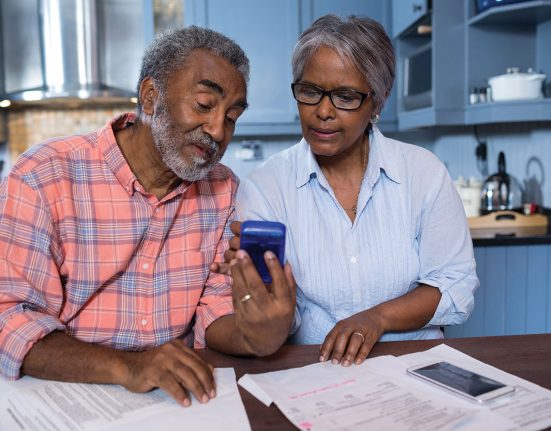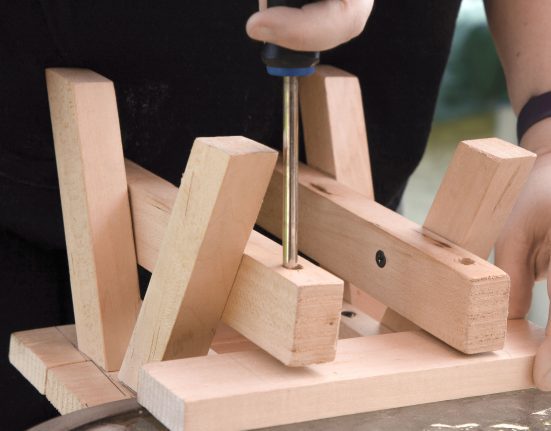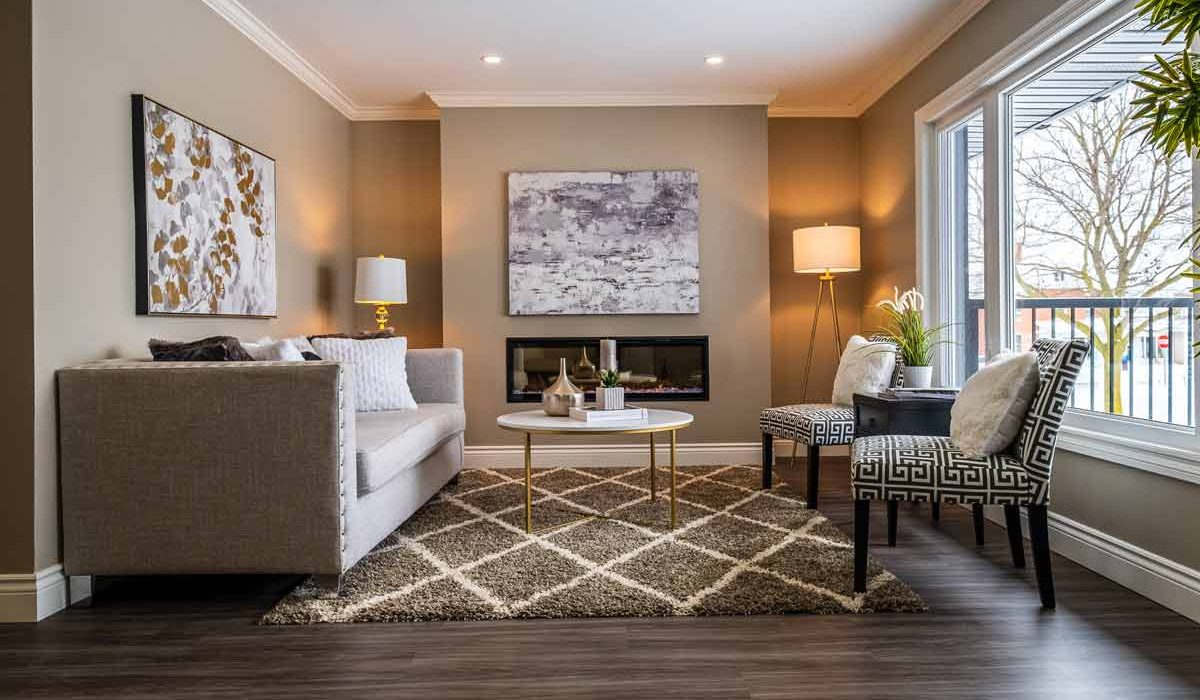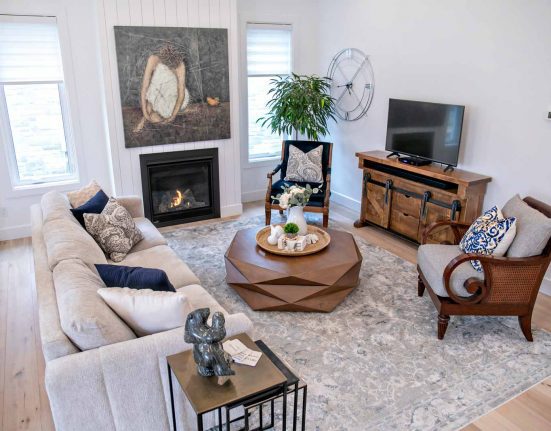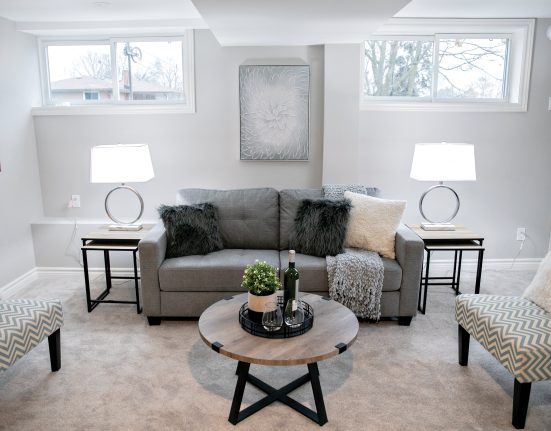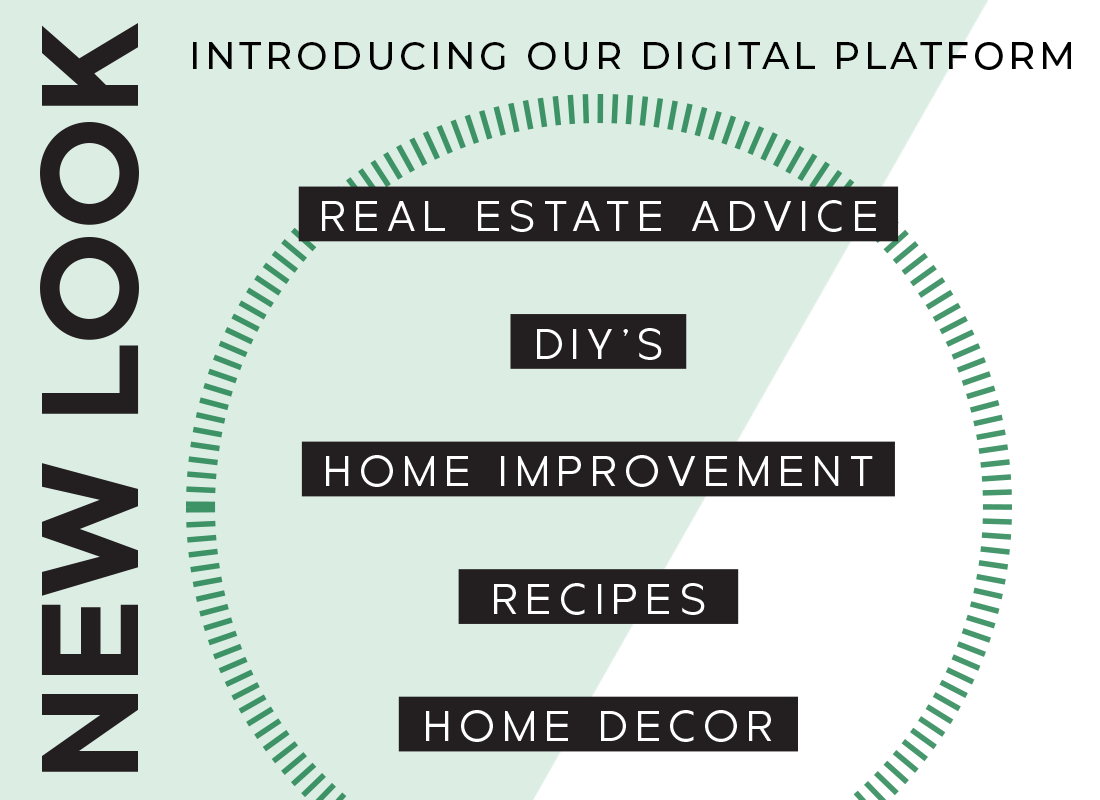While it is possible to sell an empty house, it is rare. If you have ever tried to sell a vacated house absent its furnishings, you have likely experienced this firsthand – numerous buyers passing on the home and feedback that makes no sense to you. What do you mean the bedrooms look small? The living room isn’t an awkward layout! Since you have lived in the house, you know how great it looks when it’s fully furnished and decorated, and you understand how each room should be set up. The trick is to help your buyers to understand this.
Unfortunately, the ability to visualize space is a skill that not everyone has. Only about 10% of your prospective buyers have this ability to properly visualize a space beyond what they see in front of them. This means you could miss out on 90% of the potential market when listing an unfurnished home. Vacant/unfurnished homes will often take much longer to sell than an adequately staged home (staged homes sold 9 days faster than the average days on market according to RESA®’s 2021 survey). Not only does furnishing a home help buyers understand the optimal placement for their furniture, but it will also allow them to connect emotionally. Home Staging is an effective sales technique that integrates decorating with marketing and creates an experience for home buyers. It’s not enough to furnish the home – the house needs to be effectively merchandised to sell the experience of living there.
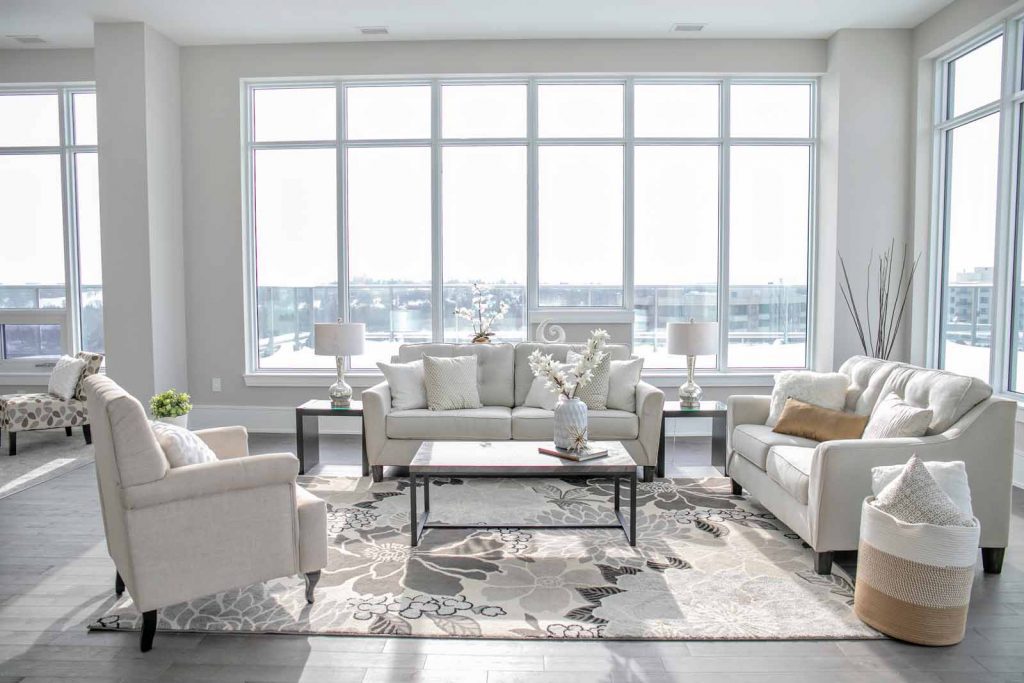
Home staging achieves this by clearly defining the space, demonstrating the scale of each space, and creating an emotional connection.
Clearly Define the Space
Start by ensuring that each room is clearly defined. This means showing buyers the intended purpose and use of each room in the home, whether it’s a bedroom, an office, a dining room, or a gathering room. Defining this intent, and showcasing this one used for the space, will allow buyers to flow more easily from room to room when viewing the home, without having to stop and think in each room about how they would utilize the space.
Demonstrate Scale of Space
Have you ever ordered an item online, but when you received it, you realized that it wasn’t quite the size you thought it was? The online site probably gave you the dimensions for the item, but you didn’t fully understand its size from the photo provided.
You take a commonly known object and place it next to the item that you’re trying to show the size of. Now let’s apply this to your empty property. Vacant rooms appear smaller than they are to prospective buyers, both in person and in photos. Since 97% of these buyers are viewing your property online (National Association of REALTORS® 2020 REPORT), showing that a king-size bed with nightstands fits in a primary bedroom, for example, will provide your buyers with the perspective they need to feel confident that their furnishings will fit the spaces.
Create an Emotional Connection
Buyers want to feel a personal connection to the home, which means ensuring that it is ready by completing necessary updates and repairs, as well as furnishing and decorating the home to highlight its greatest features. This ensures that buyers can easily flow from room to room without distraction. In an empty house, each space requires additional time (and energy) to discuss the proper use, the size of the room, what will fit, what won’t, and where everything should go. For the 90% of your buyers that do not possess the visualization skillset, this can feel overwhelming.
Professional home staging will help eliminate buyer uncertainty and ensure that the property spends the least time on the market, thus reducing carrying costs and the need for price reductions.


